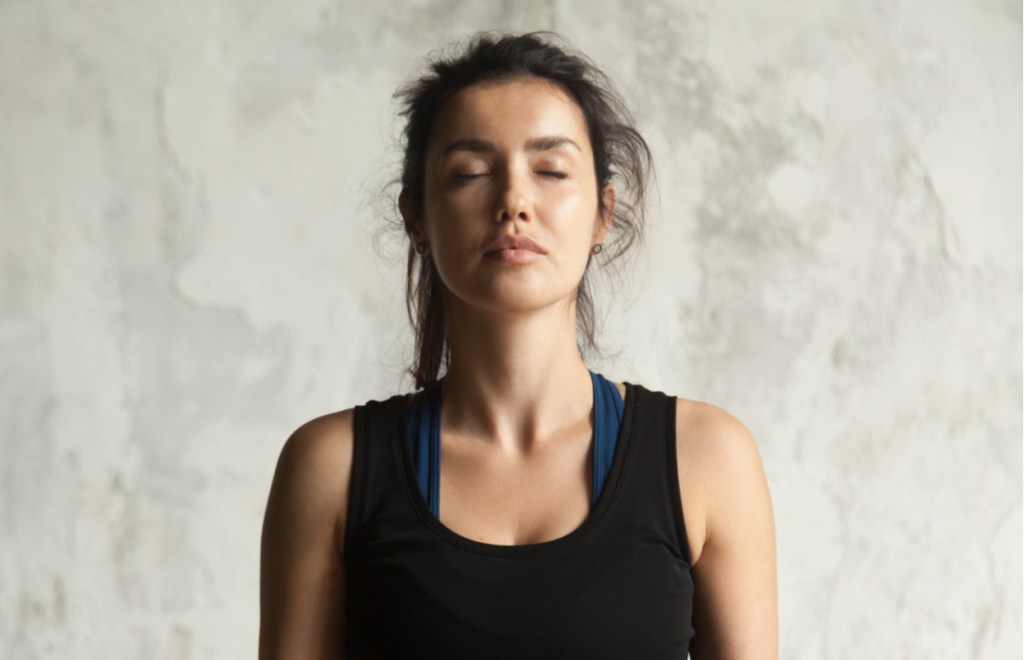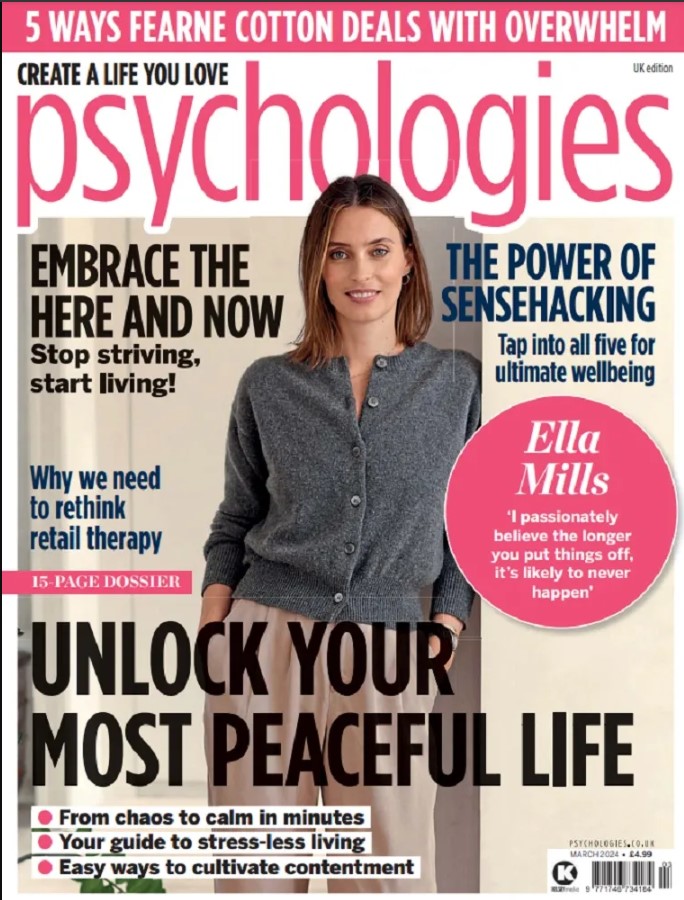Self-hypnosis: how to practise hypnotherapy for anxiety
Discover how self-hypnosis could help you to manage your anxiety and feel calmer every day...

For years, hypnotherapy has been solely associated with intimidating therapists swinging a pendulum in your face until you magically fall into a deep trace. However, modern-day experts are now exploring how self-hypnotherapy could offer a better solution to dealing with anxiety. We take a closer look at how to practise self-hypnosis for anxiety management…
For many of us, the idea of hypnotherapy can be both fascinating and quite intimidating – but the stereotypical notion that someone else can control our subconscious is a complete myth.
‘I often say that a more accurate way to think about hypnotherapy is actually as de-hypnosis,’ says cognitive hypnotherapist Katie Abbott. ‘If you think about your average day, there will be plenty of instances where you fall into a trance-like state – watching the television or switching off in a boring meeting. Hypnotherapy is basically about waking your mind up again.’
What is self-hypnosis?
We can use self-hypnosis to feel calmer and give us a sense of ease. Simple visualisation techniques can help us rehearse situations where we might need a shot of confidence, such as a job interview or an important presentation.
Physically, it can help us feel more relaxed. ‘Think about how peaceful and connected you feel when you’re on holiday, standing in front of the sea,’ says Abbott. ‘Hypnotherapy can help you feel the same way.
‘It is very much a process of imagination. When we can hold a clear image in our mind of a place where we feel utterly calm then we actually begin to relax physically. It’s similar to when we see a scary film and we jump with fright – our brain can’t immediately differentiate between real and imagined situations.’
When we learn how to practise self-hypnosis, we often worry whether we are achieving the right state of mind, but Abbott insists there is no right or wrong way to feel. Over time, you will become more familiar with your own rhythms.

How to practise self-hypnosis for anxiety
- Clarify your intentions before you begin. This aids the visualisation process. For example, ‘My intention is to have more energy.’
- Find a space where you feel relaxed and won’t be put off.
- Choose a comfortable position, so your body is aligned. Then, begin to breathe slowly, deeply and evenly from your stomach, not your chest.
- With every exhale, say a word that represents the way you want to feel. For example ‘energised’ or ‘confident’.
- Think about your chosen visualisation. If your goal is to feel relaxed and nurtured, recall a comforting image or memory. If your goal is to feel more confident when giving presentations at work, imagine yourself standing in front of a group of people.
- Now think about specific elements of your imagined situation, to intensify your experience. What colours can you see? What can you hear?
- As your visualisation becomes deeper and more specific, think about what would make it more comforting for you and experiment with adding different elements. Practise this for three to five minutes twice a week.









